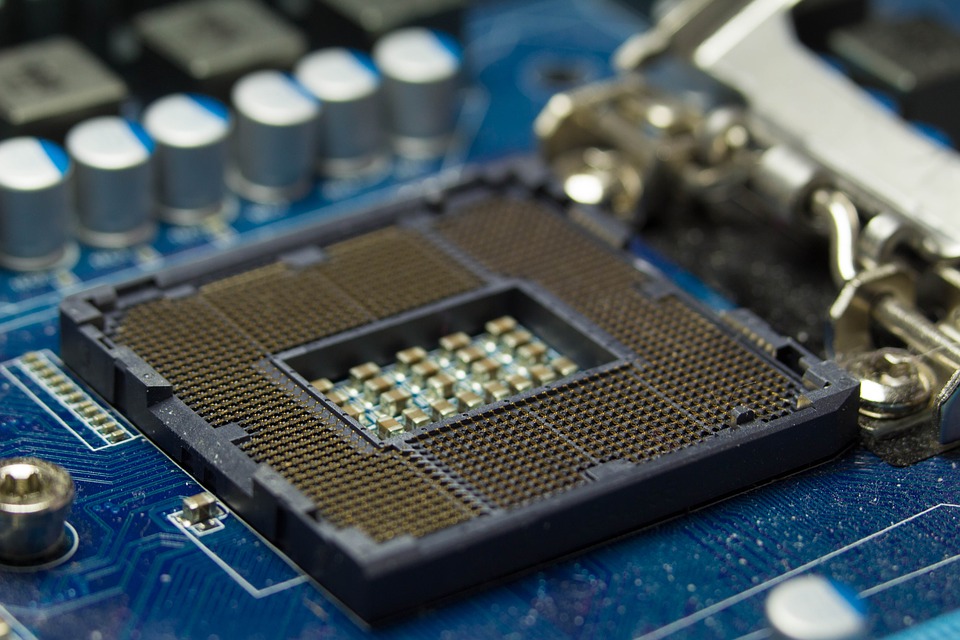
Intel has announced two additions to its Xeon processor line, one for high performance computing and the other for entry-level servers.
Cascade Lake advanced performance is designed for the high-performance computing, AI, Infrastructure-as-a-Service, and memory bandwidth constrained workloads, Intel said.
Its multi-chip package delivers up to 48 cores per CPU and 12 DDR4 memory channels per socket, while performance is estimated to support AI/deep learning inference of up to 17x images per second compared to the Xeon Platinum processor at launch.
The Xeon E-2100, meanwhile, is for SMBs and cloud service providers for entry-level server workloads.
E-2100 has applicability for all computing segments that require enhanced data security, Intel said, and supports the latest file-sharing, storage and backup, virtualisation, and employee productivity solutions.
“We remain highly focused on delivering a wide range of workload-optimised solutions that best meet our customers’ system requirements,” said Lisa Spelman, VP and GM of Intel Xeon products at Intel.
“The addition of Cascade Lake advanced performance CPUs and Xeon E-2100 processors to our Intel Xeon processor line-up once again demonstrates our commitment to delivering performance-optimised solutions to a wide range of customers.”
Intel Xeon E-2100 is available now, while the Cascade Lake AP is expected to be released in the first half of 2019.
The company made $1 billion in AI revenue from Xeon processors in 2017.
AMD’s “Next Horizon” Set for Tuesday
The new Intel CPUs come days before competitor AMD’s Next Horizon event, where it’s rumoured to announce the next generation of Ryzen architecture.
AMD will also “discuss innovation of AMD products and technologies, specifically designed for the datacenter on industry-leading 7-nanometer process technology,” the company said during its Q3 results presentation.
In September, Intel announced its portfolio of 100G photonics transceivers will accelerate the movement of large amounts of data generated by 5G use cases and the IoT.
The transceivers are set to withstand the harsh environmental conditions of cellular towers and support optical transport up to 10km.






